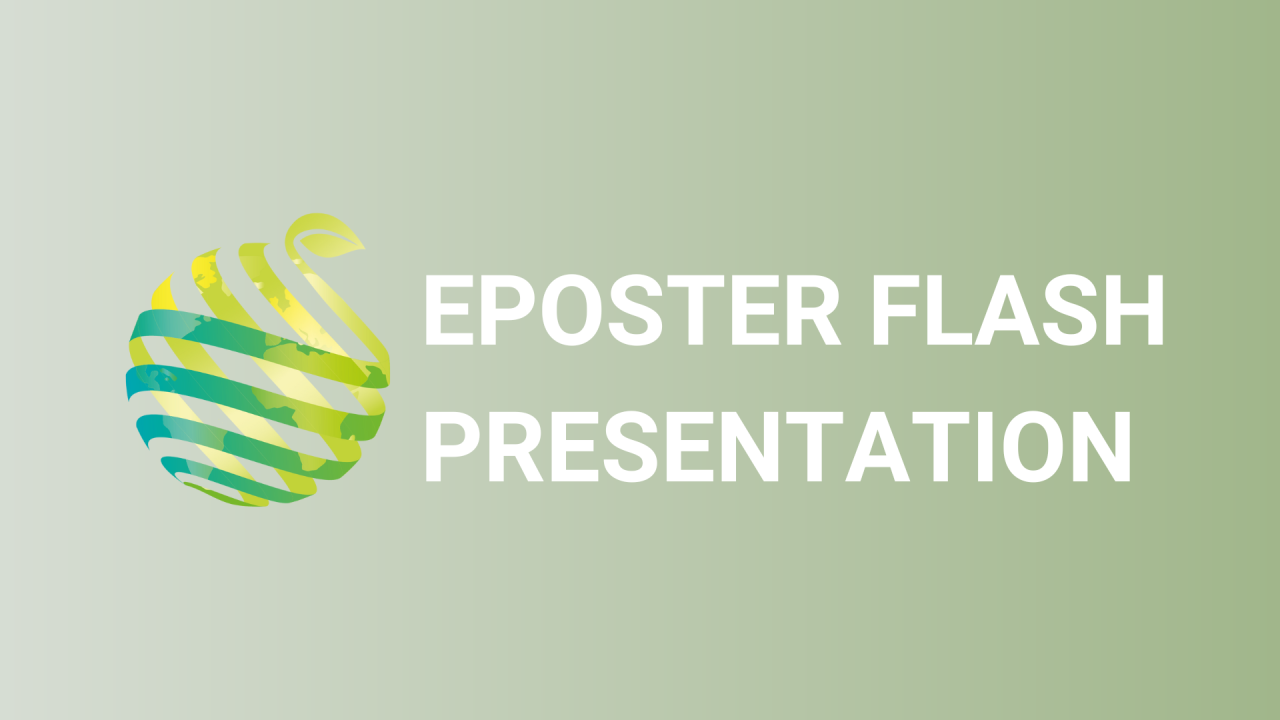

S23 - Session P1 - Light and temperature can be used as post-harvest treatments to influence tomato quality
Information
Authors: Aino Hämäläinen, Kari Jokinen, Titta Kotilainen, Pauliina Palonen *
Tomatoes are often harvested before full maturity resulting in the fruit not achieving their full nutritional potential. As tomato supply chains are long and the fruit is most often stored in dark and cool conditions, it is likely that also the best marketing quality is not achieved due to the climacteric nature of the product. Therefore, the objectives of the study were to examine the effect of post-harvest LED lights and temperature on the quality of tomato fruit (color, firmness, total soluble solids (TSS), titratable acidity (TA), vitamin C and lycopene), as light and temperature are paid careful attention to during cultivation. Solanum lycopersicum 'Livento' fruit were stored under different light spectra (Blue, blue-red, far-red, white, dark) and intensity with two different temperatures (14 °C, 20 °C). The results showed that quality of tomato fruit can be affected by altering post-harvest lighting and temperature. In blue light and low temperature firmness was delayed and red coloration delayed. Lycopene accumulation was induced in red light, whereas far-red had a reversing effect. Brightness of color was positively affected by light treatments compared to darkness. In warmer temperature firmness was decreased but lycopene content was increased. Higher TSS/TA ratio, seen beneficial for flavor, was increased at higher temperatures due to the decrease of TA. The best results regarding both nutritional and marketing quality were obtained with the use of a red low intensity light at higher temperature (20 °C). The results confirm that the current cool and dark post-harvest conditions for tomato fruit are not the most suitable during storage, but that quality can be improved with an appropriate treatment.